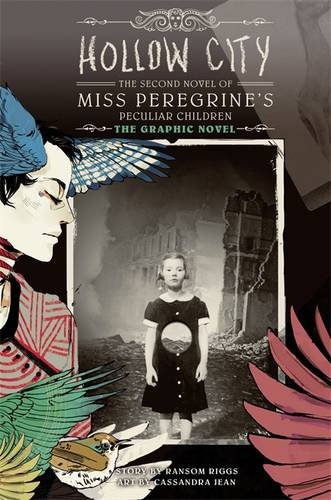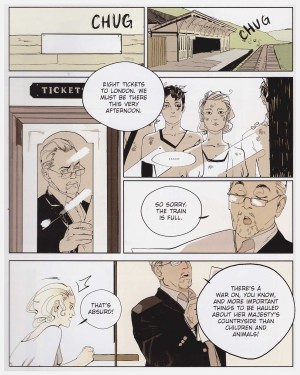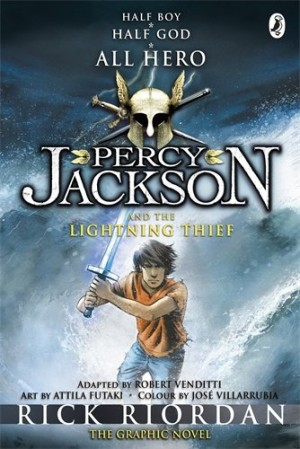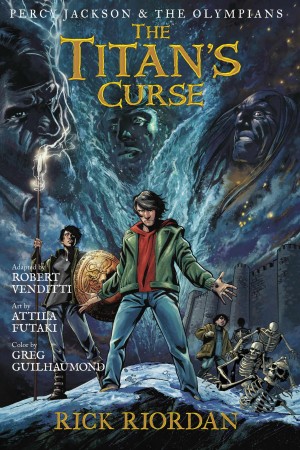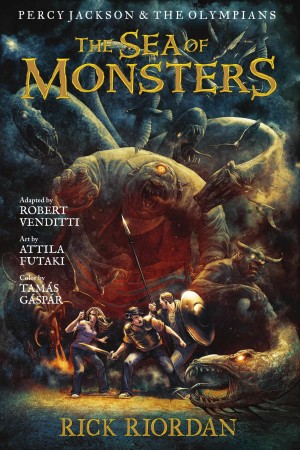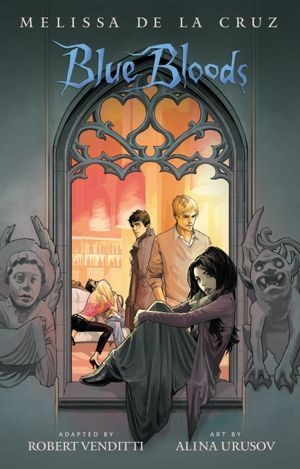Review by Ian Keogh
Jacob Portman has taken a strange journey, discovering the unlikely truth of the stories his grandfather told him about World War II. Jacob has located the people he spoke off, secure in a time bubble where a single day from 1940 kept them safe and unchanging. It was one of several almost impossible events related in Miss Peregrine’s School for Peculiar Children.
That book ended with Jacob and several others with special talents electing to travel from the island that’s kept them safe and unbothered since 1940 via taking a rowing boat to sea off the Welsh coast. His companions have a greater knowledge of the dangers they face in attempting to free the captured Miss Peregrine from the trap she’s in.
Ransom Riggs’ starting premise was his discovery of unusual photographs, which he then worked into his novel for teens, and although they’re not as significant in the graphic novel adaptation there are still enough wonders. Take the time to absorb them and set your imagination free. Cassandra Jean’s art plays a considerable part in this, although perhaps not intentionally. Her figures are superbly drawn, wispy and emotionally sympathetic, but they’re placed in the barest of backgrounds. There are occasions when the plot calls for this, but for most of the book they’d benefit from some grounding. The deprivation and chaos of wartime London, for instance, is entirely lacking. Her technique of using the slightest patches of occasional colour, though, creates a distinctive visual impression.
As is the case with so many young adult novels, the underlying theme is of teenagers acting on their own initiative to overcome obstacles. These range from the trivial such as persuading a train conductor the bird they’re carrying is a toy, to the far more dangerous threat of the wights, evolved monsters able to pass as human. The core cast are all fleshed out, in some instances in tragic fashion, as the war in London has a direct effect on their mission, and it expands as new friends are found.
Hollow City follows the tradition of the fantasy novel quest, being episodic with never a clear indication anything is to be resolved, and the journey, so often the point, is diminished by there being so little beyond the children occupying the panels. Everything does work toward necessary and emotionally charged decisions, and a good surprise, actually well foreshadowed, occurs in the final chapter. As it should. Anyone who enjoyed the first graphic novel adaptation of the Miss Peregrine series, will equally enjoy this, and anticipate the release of the Library of Souls.
